Nutrition
Key Notes:-
Definition of Nutrition
- Nutrition is the process by which living organisms obtain and utilize food substances to support growth, repair, and maintenance of bodily functions.
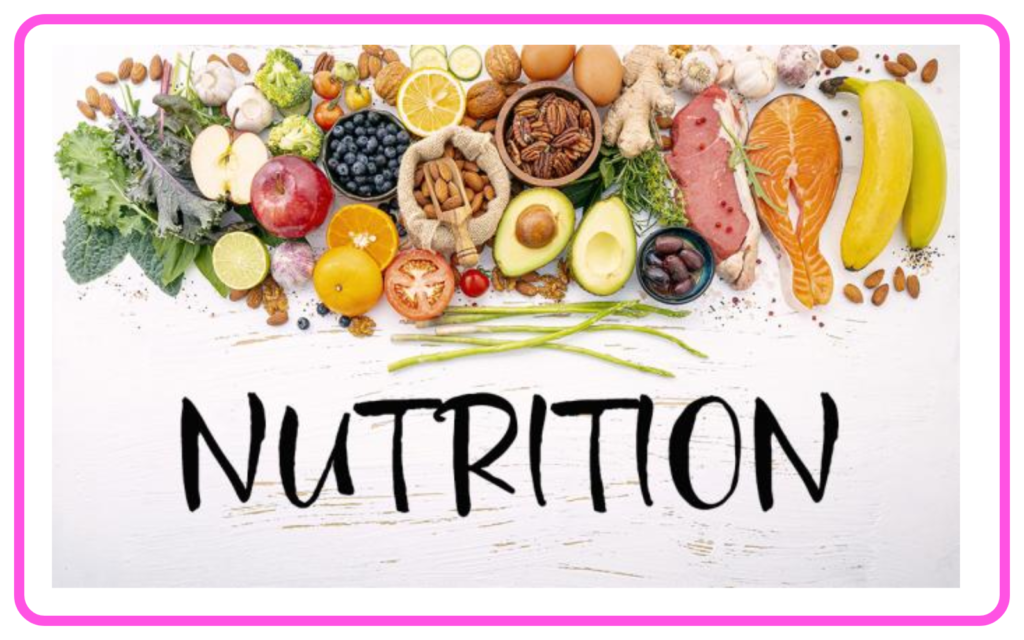
Nutrients
- Nutrients are substances in food that the body needs to function properly. They are categorized into:
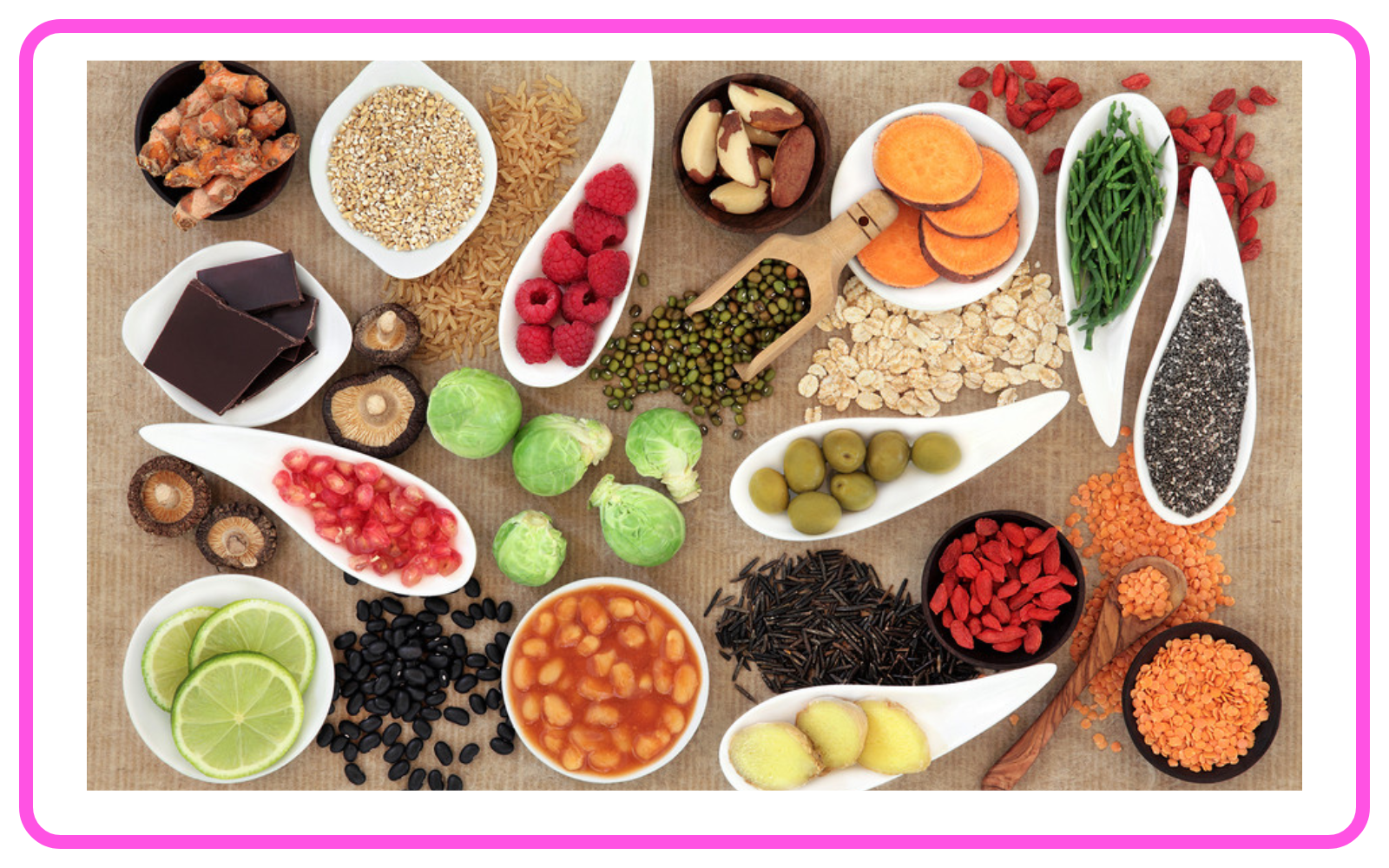
- Macronutrients: Carbohydrates, proteins, fats.
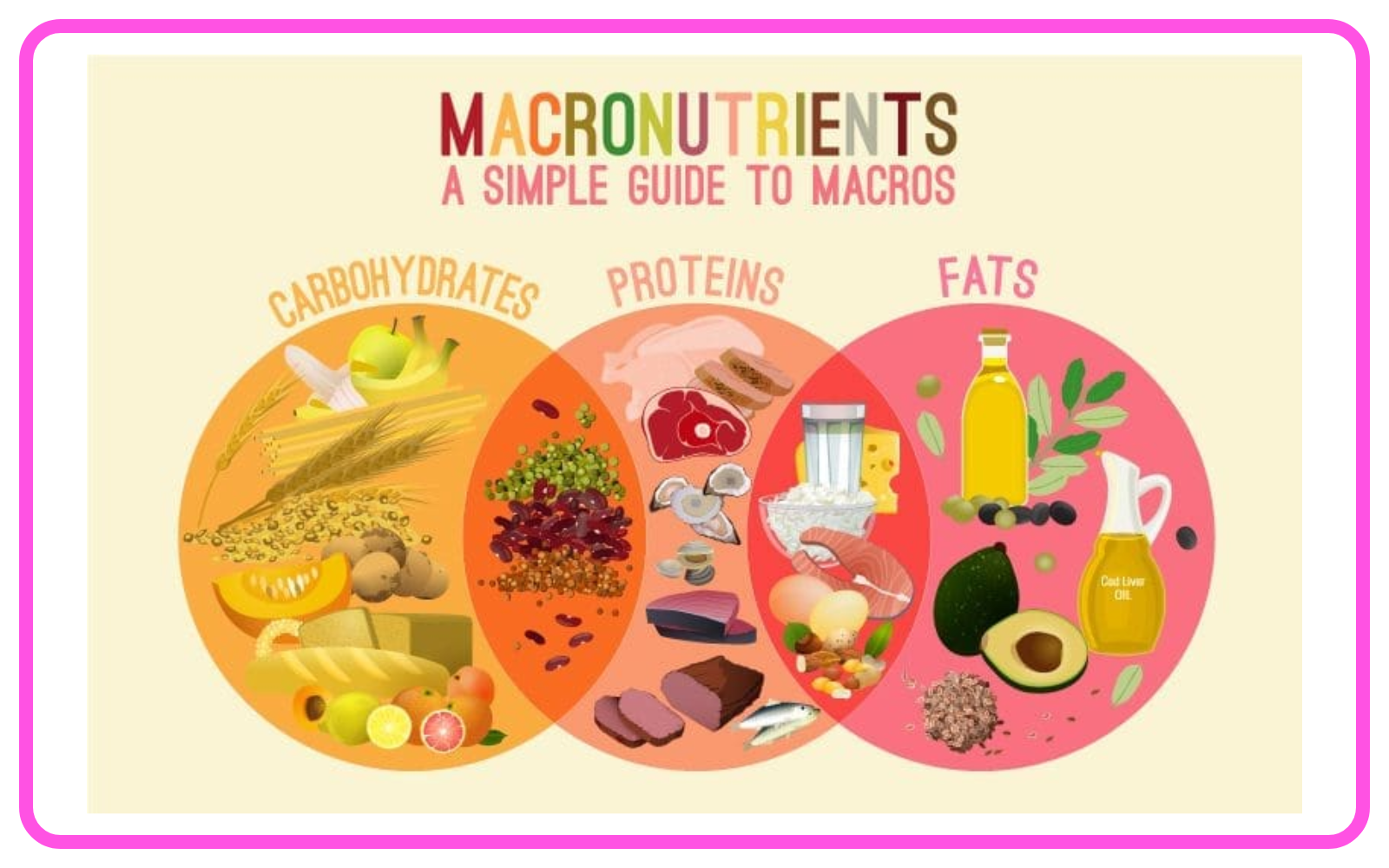
- Micronutrients: Vitamins, minerals.

- Water: Essential for all bodily functions.

Macronutrients
Carbohydrates:

- Provide energy.
- Sources: Bread, rice, pasta, fruits.
Proteins:
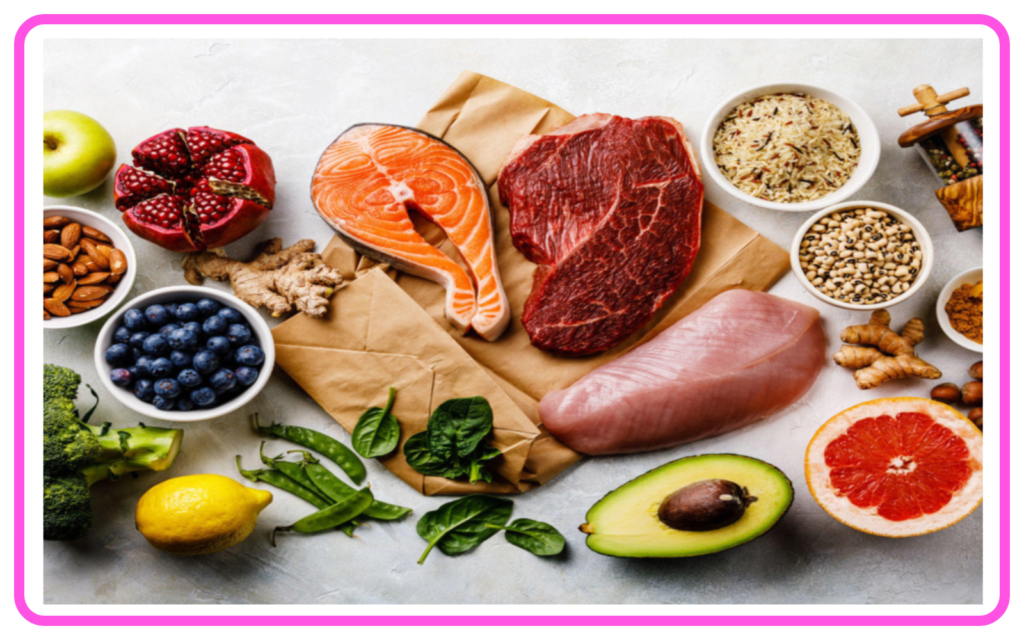
- Essential for growth and repair of tissues.
- Sources: Meat, fish, eggs, legumes.
Fats:

- Provide energy, support cell function.
- Sources: Oils, butter, avocados, nuts.
Micronutrients
- Vitamins:
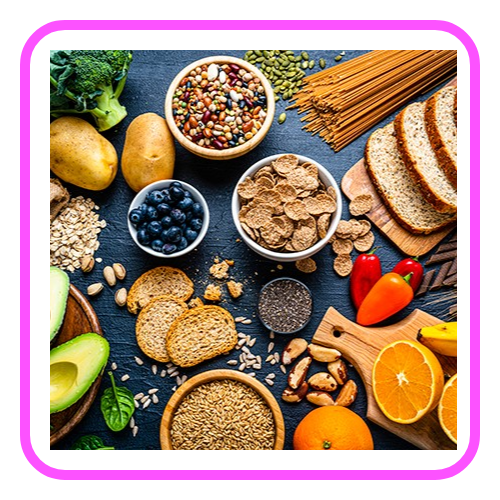
- Vitamin A: Vision, immune function. Sources: Carrots, sweet potatoes.

- Vitamin C: Immune function, skin health. Sources: Citrus fruits, peppers.
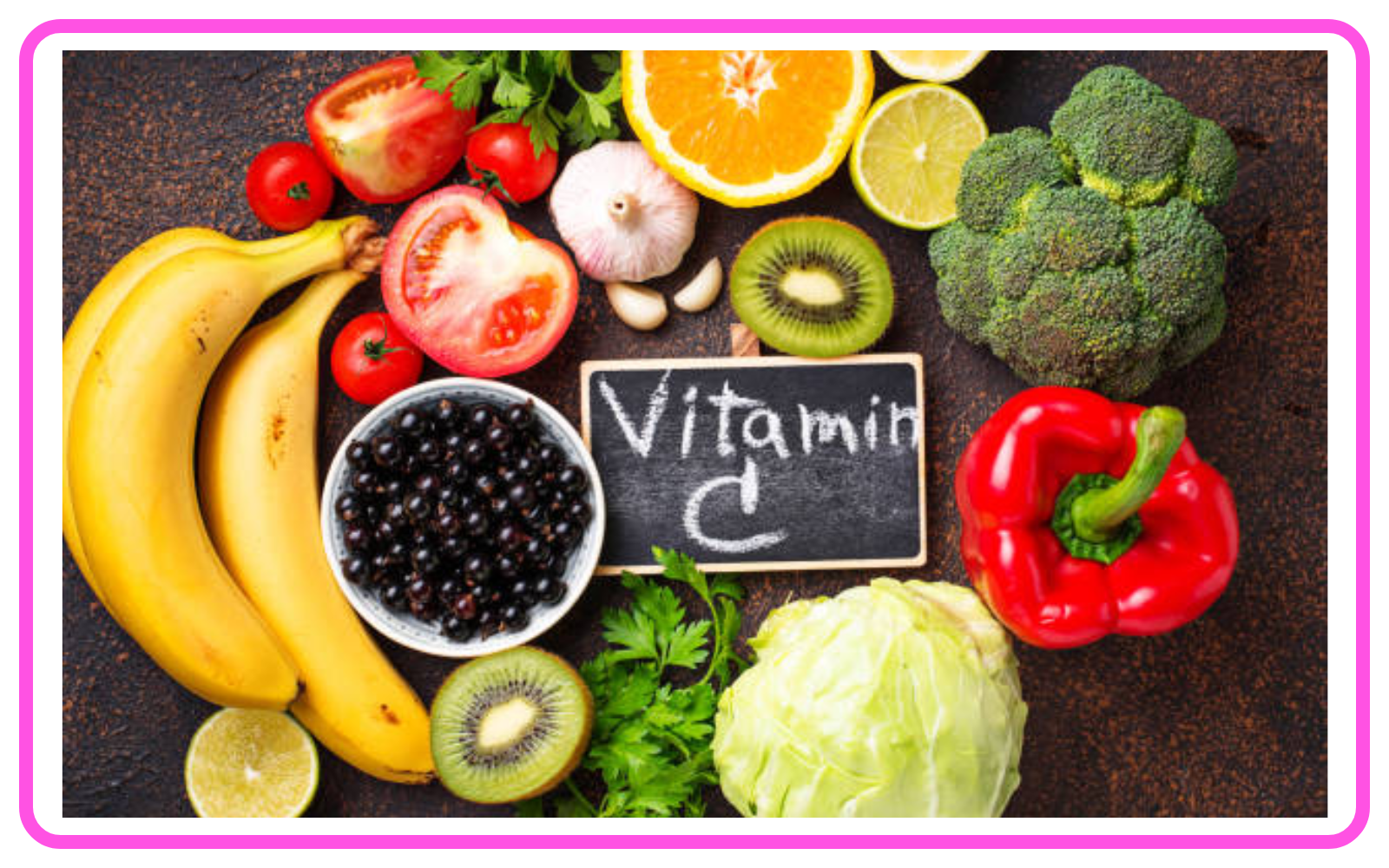
- Vitamin D: Bone health. Sources: Sunlight, fortified milk.

- Minerals:
- Iron: Oxygen transport in blood. Sources: Red meat, spinach.
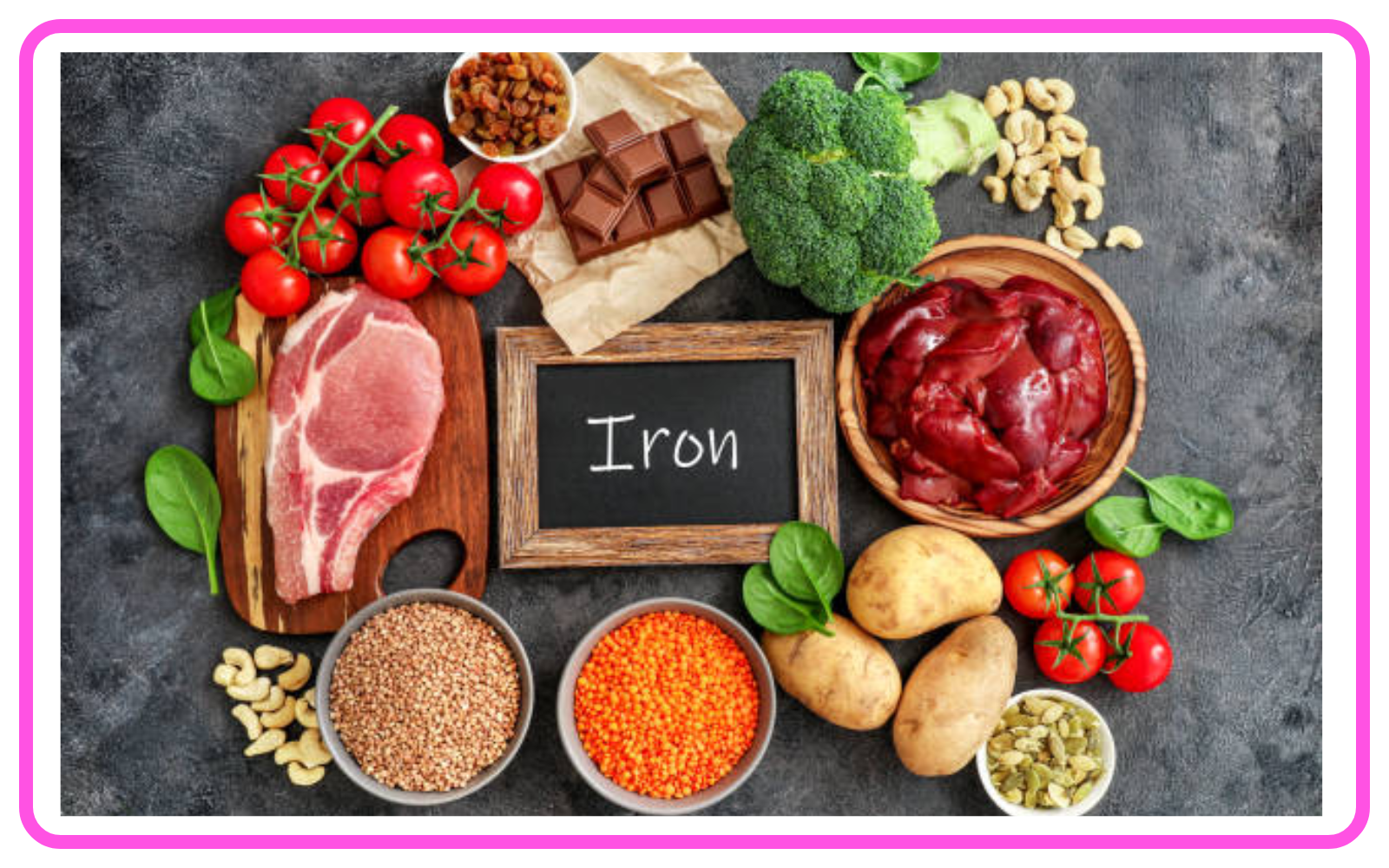
- Calcium: Bone health. Sources: Dairy products, leafy greens.
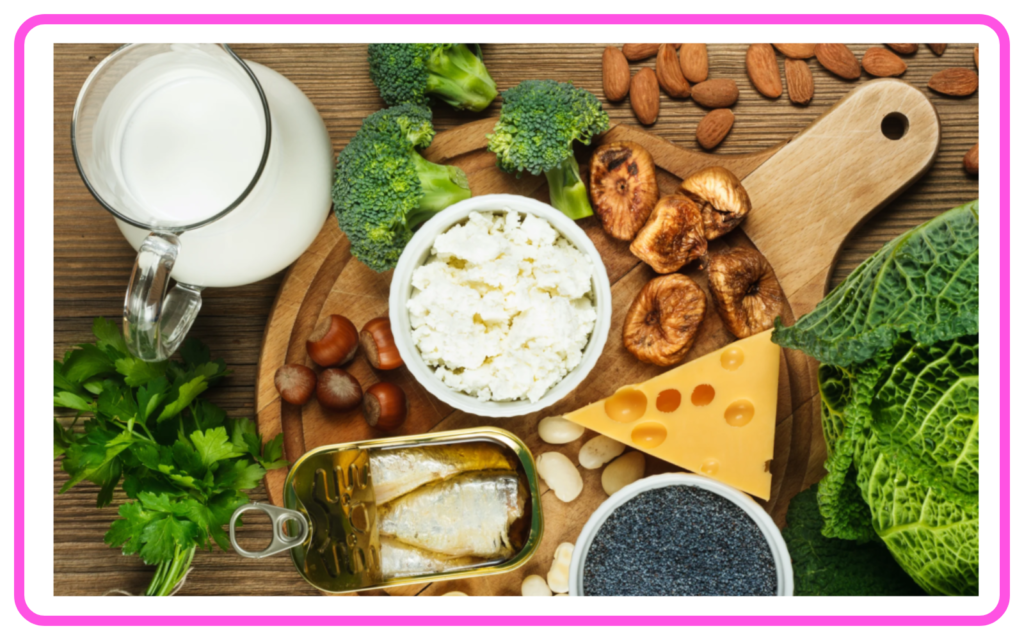
Water

- Vital for digestion, absorption of nutrients, and regulation of body temperature.
Balanced Diet
- A balanced diet includes a variety of foods in the right proportions to provide necessary nutrients.

- Emphasizes the importance of moderation and variety to maintain health.
Digestion and Absorption
- Digestion: The breakdown of food into smaller molecules.
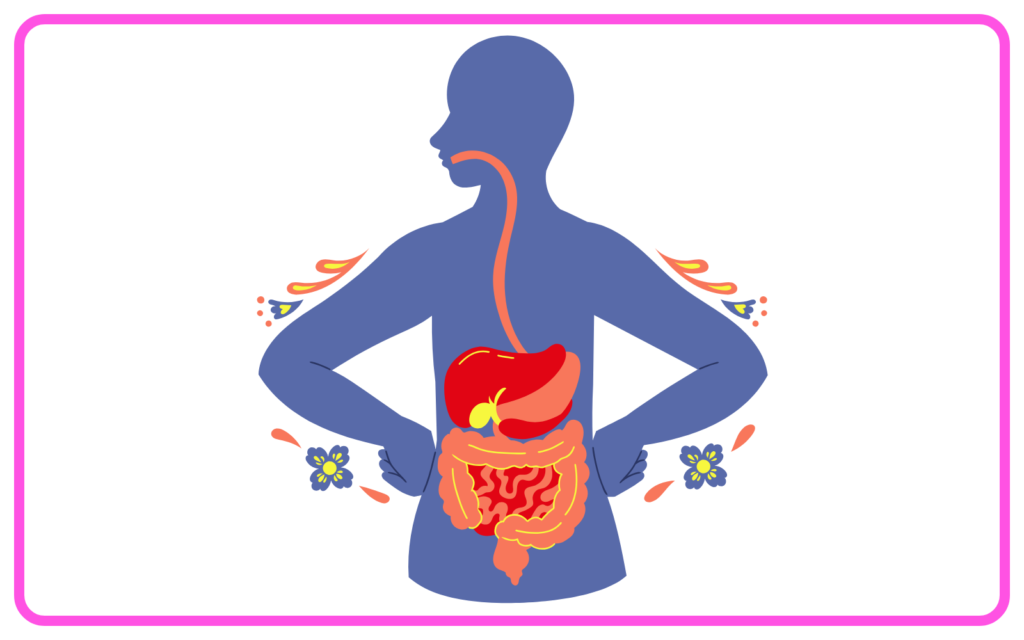
- Absorption: The uptake of these molecules into the bloodstream for use by the body.
Nutritional Requirements
- Varies by age, gender, activity level, and health status.
- Recommended Dietary Allowances (RDAs) provide guidelines for daily nutrient intake.
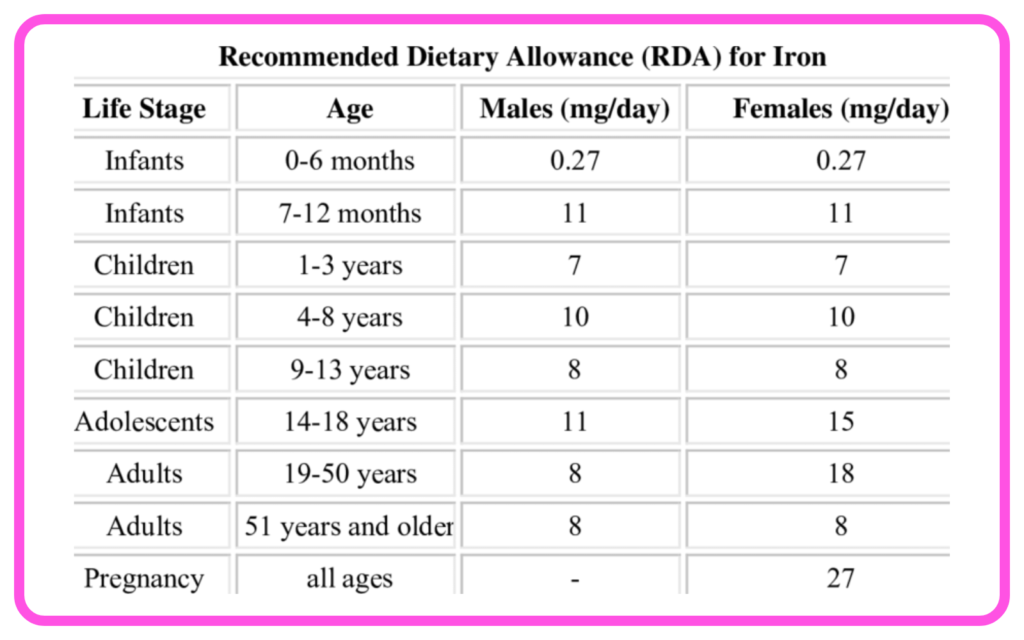
Malnutrition
- Under-nutrition: Insufficient intake of nutrients.

- Over-nutrition: Excessive intake of calories or certain nutrients.

- Can lead to health problems such as obesity, diabetes, or deficiencies.
Dietary Guidelines
- Follow dietary guidelines to ensure proper nutrition, including eating a variety of foods, maintaining a healthy weight, and staying physically active.
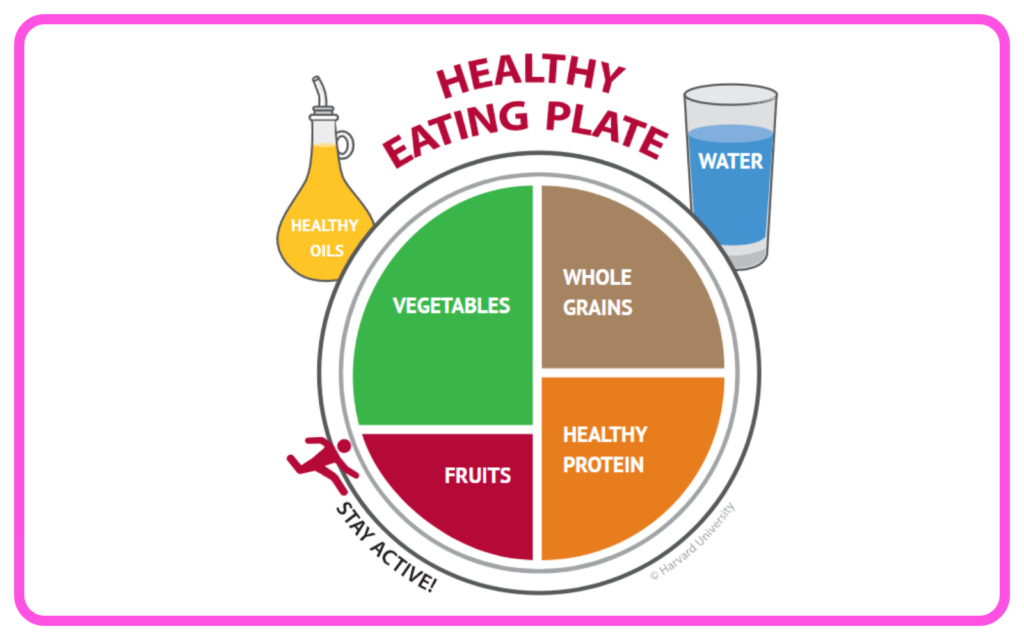
Food Labels and Choices
- Understanding food labels helps in making informed dietary choices.
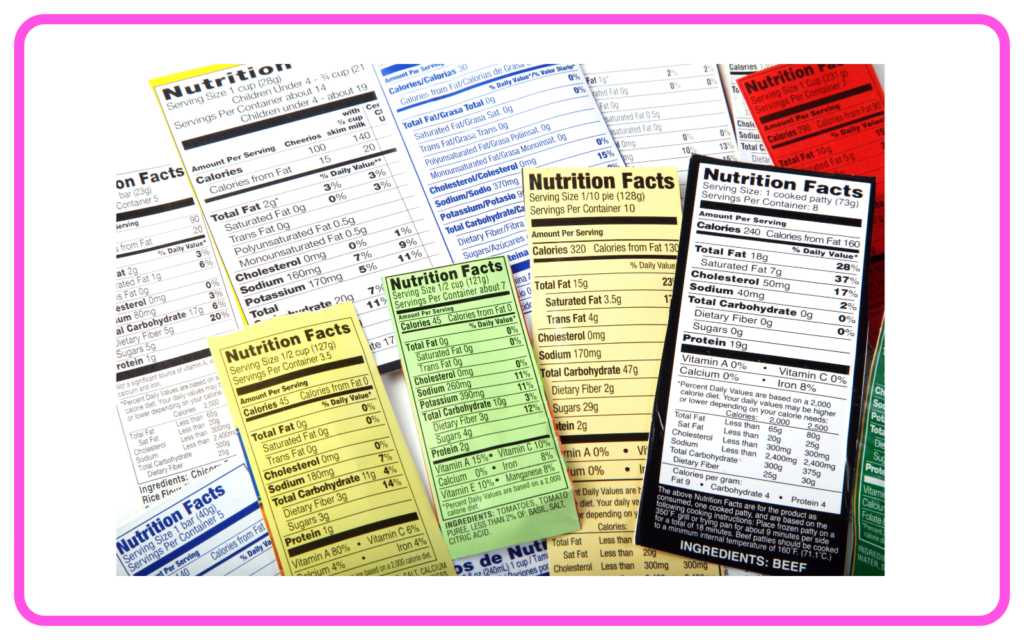
- Pay attention to serving sizes, nutrient content, and ingredient lists.
Let’s practice!

